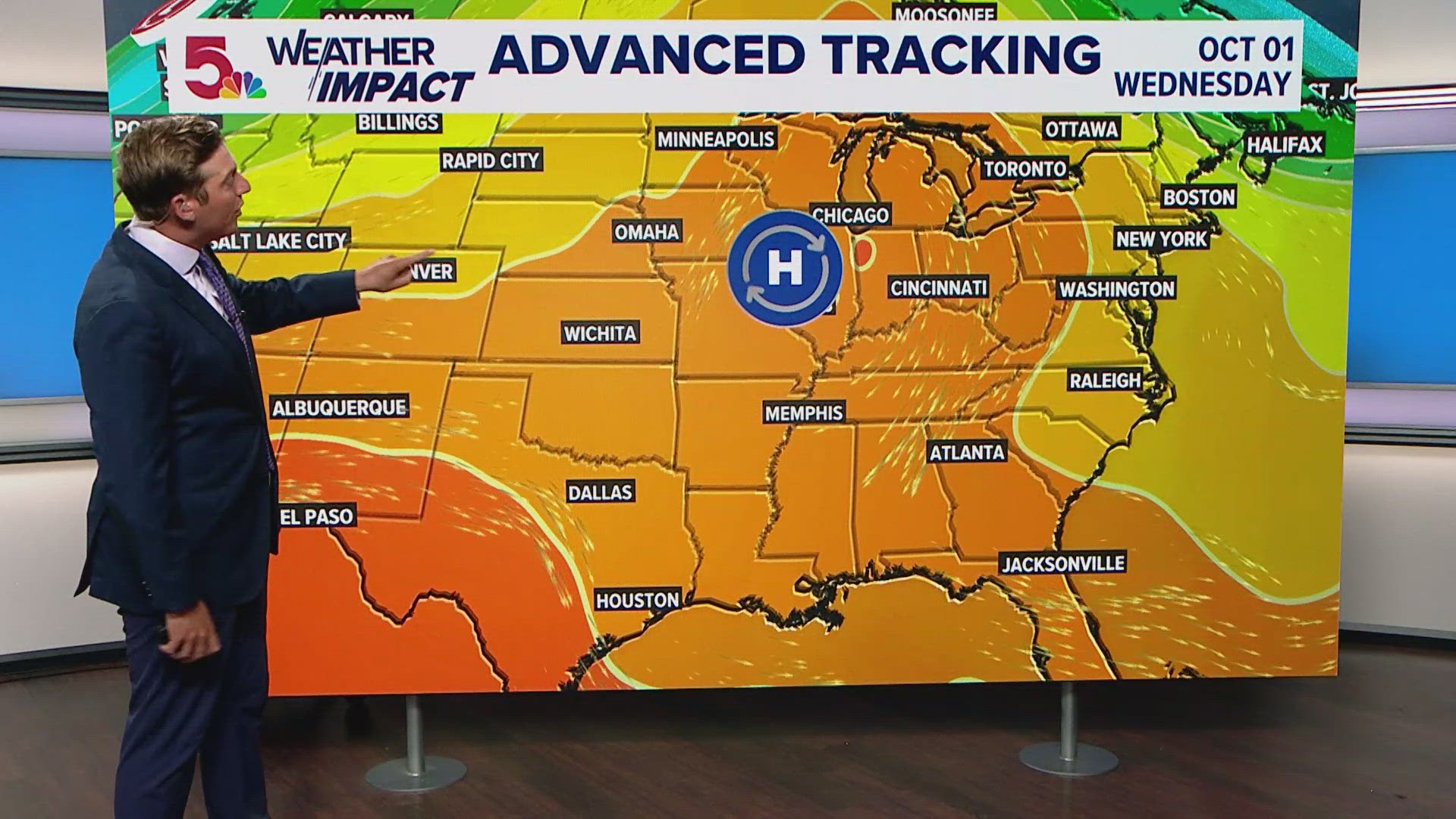
Changes in the Environment and Disease Spread: A Report on Global Change Drivers
Introduction
Changes in the environment have been linked to the spread of infectious diseases, including Ebola, Kyasanur forest disease, COVID-19, malaria, and dengue. These diseases are transmitted when a disease-carrying host comes into contact with a susceptible population through a vector.
Climate change has been identified as a major factor contributing to the spread of these diseases, as an increase in temperature tends to increase the population of disease-carrying vectors.
Research Objective
A team of researchers in the United States conducted a study to identify the best management practices for controlling disease spread by examining five global change drivers: biodiversity loss, climate change, chemical pollution, non-native species, and habitat loss.
Methodology
The researchers reviewed existing literature and analyzed 2,938 cases of infectious disease responses to global change drivers across 1,497 host-parasite combinations.
Findings
- Biodiversity loss was identified as the primary driver of disease spread.
- Climate change and invasive species were also significant contributors.
- Urbanization was found to reduce disease spread due to improved environmental conditions.
- Natural biodiversity gradients, deforestation, and forest fragmentation played a relatively smaller role in disease spread.
Link to Sustainable Development Goals (SDGs)
The findings of this study highlight the importance of addressing biodiversity loss and climate change, as these drivers are expected to worsen in the coming years. The Kunming Montreal Global Biodiversity Framework (KMGBF), adopted in December 2022, provides a platform for countries to implement policies to tackle these issues and aligns with the SDGs.
- The KMGBF has 23 targets to be achieved by 2030.
- It synergizes with the work being done under the United Nations Framework Convention on Climate Change and UN Convention to Combat Desertification.
- These global pacts were established in 1992 at the Earth Summit in Brazil.
Limitations
It is important to note that the analysis conducted in this study examined each stressor individually, whereas in nature, these drivers are interconnected. For example, climate change and chemical pollution can cause habitat loss and change, which in turn can lead to biodiversity loss and facilitate the introduction of non-native species.
Conclusion
This research emphasizes the need to address biodiversity loss and climate change to effectively control the spread of infectious diseases. By implementing the targets outlined in the KMGBF and aligning efforts with the SDGs, countries can work towards a sustainable future that prioritizes human health and environmental conservation.
Support Independent Journalism
We are committed to providing independent, credible, and fearless journalism. Your support through donations enables us to bring you news, perspectives, and analysis from the ground, empowering us to drive positive change together.
SDGs, Targets, and Indicators in the Article
1. Which SDGs are addressed or connected to the issues highlighted in the article?
- SDG 3: Good Health and Well-being
- SDG 13: Climate Action
- SDG 15: Life on Land
2. What specific targets under those SDGs can be identified based on the article’s content?
- SDG 3.3: By 2030, end the epidemics of AIDS, tuberculosis, malaria, and neglected tropical diseases and combat hepatitis, water-borne diseases, and other communicable diseases.
- SDG 13.1: Strengthen resilience and adaptive capacity to climate-related hazards and natural disasters in all countries.
- SDG 15.1: By 2020, ensure the conservation, restoration, and sustainable use of terrestrial and inland freshwater ecosystems and their services, in particular forests, wetlands, mountains, and drylands, in line with obligations under international agreements.
3. Are there any indicators mentioned or implied in the article that can be used to measure progress towards the identified targets?
- Indicator for SDG 3.3: Number of cases and deaths from infectious diseases.
- Indicator for SDG 13.1: Number of policies and measures implemented to reduce climate-related hazards and natural disasters.
- Indicator for SDG 15.1: Percentage of forest area protected or conserved.
Table: SDGs, Targets, and Indicators
| SDGs | Targets | Indicators |
|---|---|---|
| SDG 3: Good Health and Well-being | 3.3: By 2030, end the epidemics of AIDS, tuberculosis, malaria, and neglected tropical diseases and combat hepatitis, water-borne diseases, and other communicable diseases. | Number of cases and deaths from infectious diseases. |
| SDG 13: Climate Action | 13.1: Strengthen resilience and adaptive capacity to climate-related hazards and natural disasters in all countries. | Number of policies and measures implemented to reduce climate-related hazards and natural disasters. |
| SDG 15: Life on Land | 15.1: By 2020, ensure the conservation, restoration, and sustainable use of terrestrial and inland freshwater ecosystems and their services, in particular forests, wetlands, mountains, and drylands, in line with obligations under international agreements. | Percentage of forest area protected or conserved. |
Copyright: Dive into this article, curated with care by SDG Investors Inc. Our advanced AI technology searches through vast amounts of data to spotlight how we are all moving forward with the Sustainable Development Goals. While we own the rights to this content, we invite you to share it to help spread knowledge and spark action on the SDGs.
Fuente: downtoearth.org.in

Join us, as fellow seekers of change, on a transformative journey at https://sdgtalks.ai/welcome, where you can become a member and actively contribute to shaping a brighter future.






